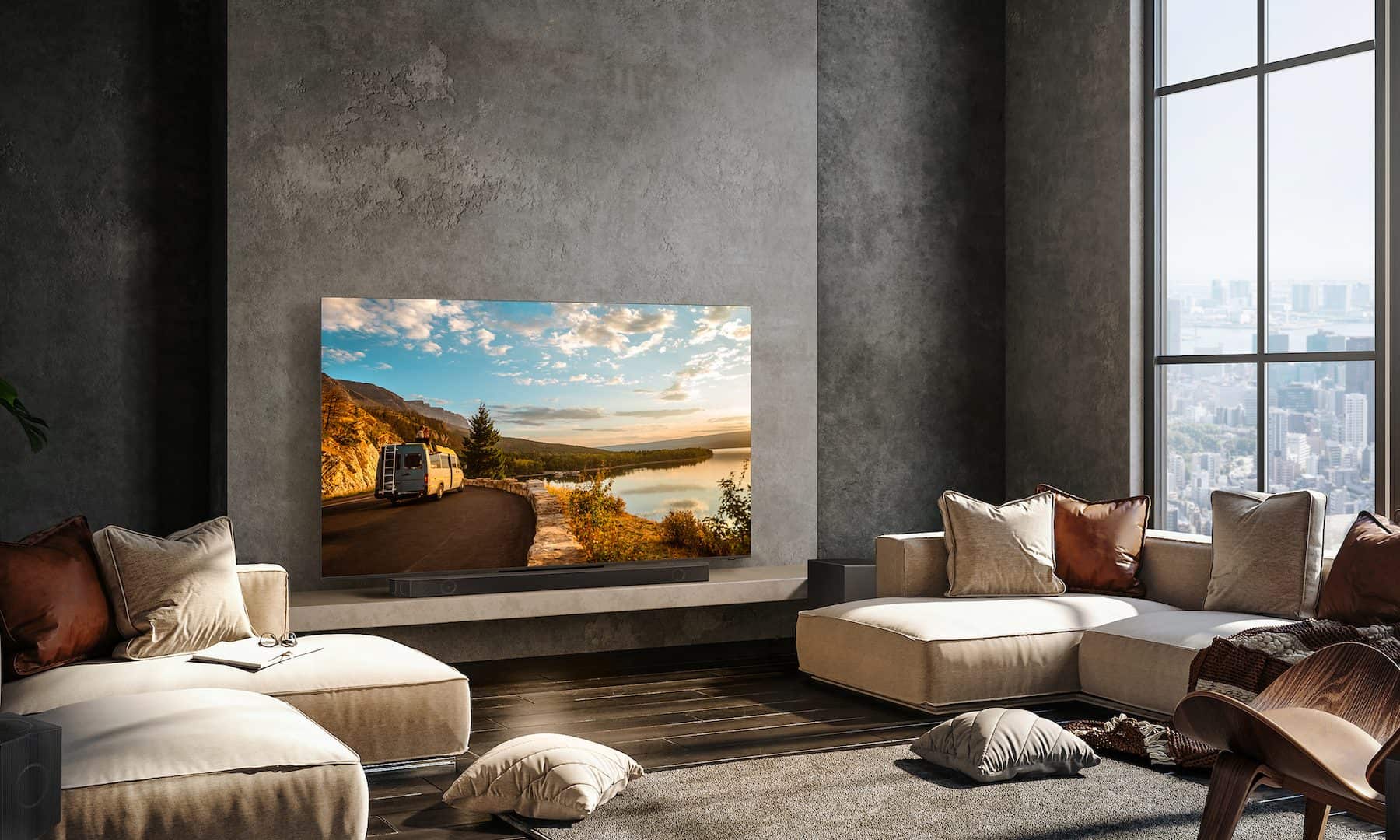TECH
 First 3D-printed mud house
First 3D-printed mud houseGaia was constructed in 10 days with its raw materials costing 900 Euro
Italian 3D printer manufacturer, Wasp, has 3D-printed the first eco-friendly house using earth sourced from the surrounding area. It was constructed in 10 days and the materials cost 900 Euro.
Its construction has been possible due to development of a new “infinity 3D printer”, the Crane Wasp, developed to print on an “architectural scale”. It uses an additive manufacturing technique that permits use of raw material found on location reducing transportation and material costs.
Eco-sustainable architecture
The “mud house” has been dubbed "Gaia" due to the use of raw soil as the main binder of the constituent mixture and the company intends for it to be a new eco-sustainable architectural model.
According to Wasp, on the basis of the Gaia experiment, it is possible to realise “new economic scenarios” in which one hectare of cultivated paddy field can transform into 100 square metres of built área.“The ‘mud wasp’ is our model of development, a perfect approach to build low-cost houses [using] natural materials [sourced] at zero kilometres,” said Massimo Moretti, CEO, Wasp.

For the realisation of Gaia, Wasp worked with RiceHouse, an organisation which focuses on the enhancement of waste from rice cultivation. It supplied the vegetable fibres through which a compound was developed comprising of 25 per cent of soil (30 per cent clay, 40 per cent silt and 30 per cent sand), taken from the site, 40 per cent from straw chopped rice, 25 per cent rice husk and 10 per cent hydraulic lime. The mixture has been mixed through the use of a muller, able to make the mixture homogeneous and workable.
Gaia is a high performing module both in terms of energy and indoor health, with an almost zero environmental impact. It does not need heating or an air conditioning system, as it maintains a mild and comfortable temperature inside both in winter and in summer.
The bioclimatic project by RiceHouse is designed to take advantage of the passive contribution of the sun where a large window is positioned to optimise natural light.
The external casing, entirely 3D-printed on site, has been designed with the aim of integrating natural ventilation systems and thermo-acoustic insulation systems in a single solution. Deposition of the print mix was controlled through articulated weaves able to confer at the same time constructive solidity and geometric variation along the entire wall development.
“Gaia was made exclusively with natural materials such as raw soil, shredded straw, husk, and wood and is high-performing from an energy and environmental point of view,” added Tiziana Monterisi, CEO, RiceHouse.

No comments:
Post a Comment